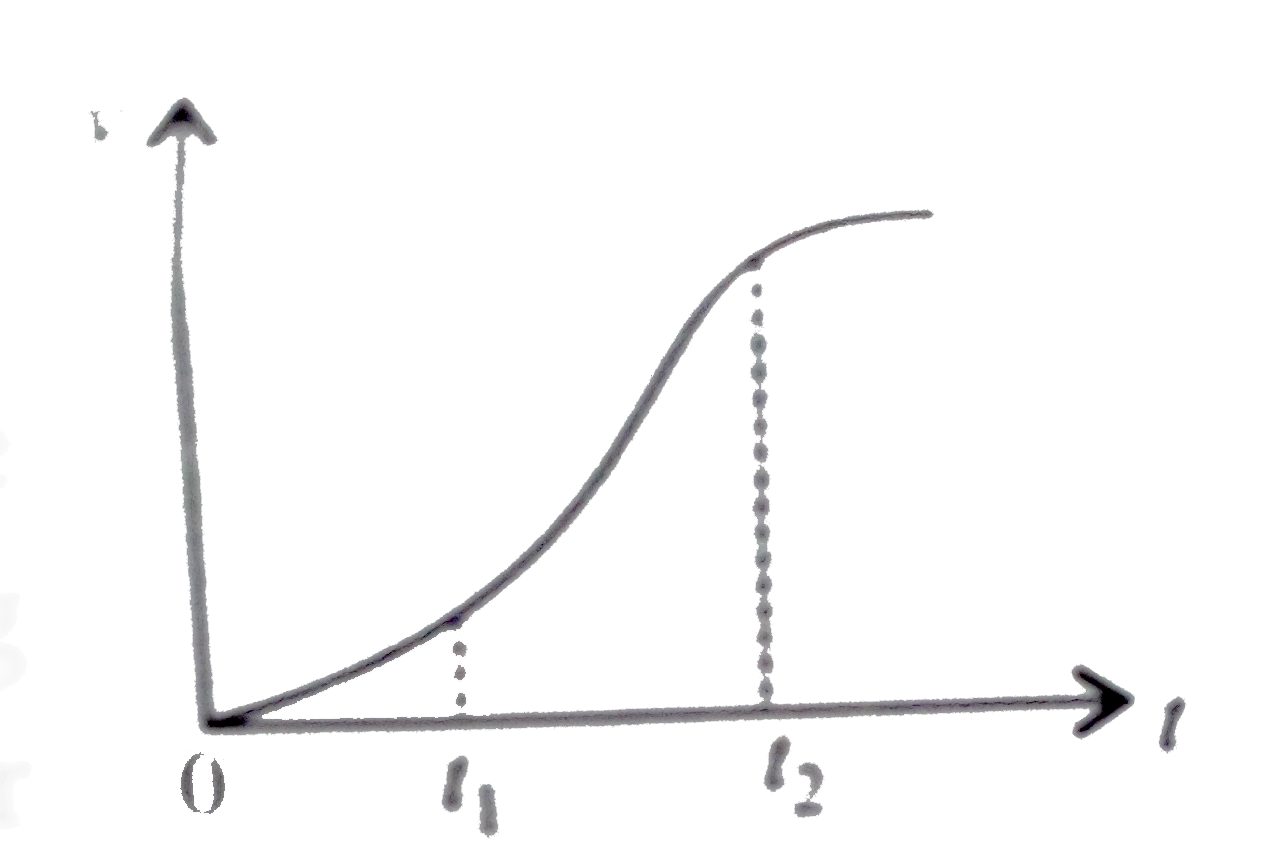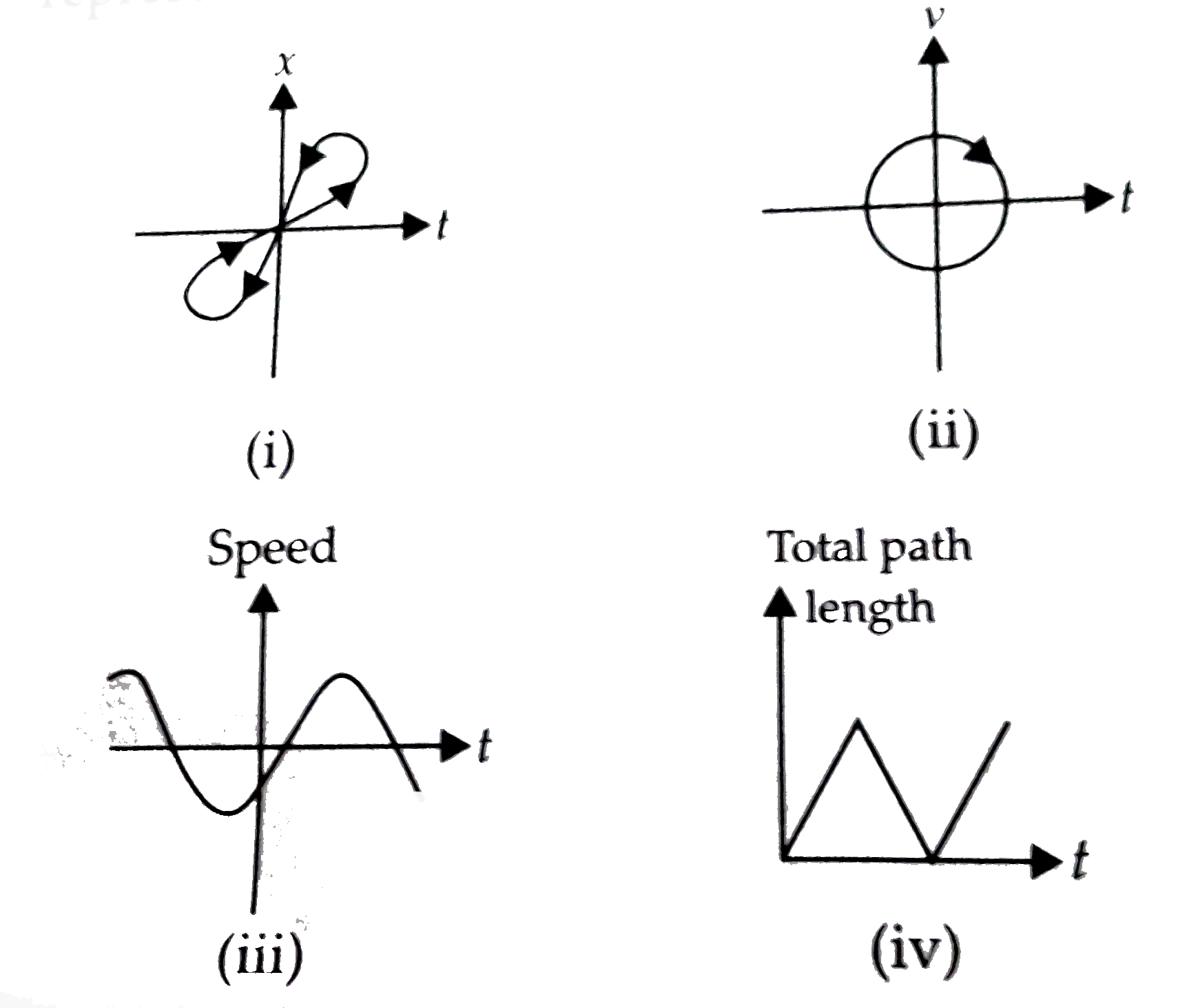Which of the following relates to photons both as wave motion and as a stream of particles?
interference
E=mc2
Diffraction
E=hv
The correct Answer is:D
To solve the question, "Which of the following relates to photons both as wave motion and as a stream of particles?", we need to analyze the given options and determine which one exhibits the dual nature of photons.
1. Understanding the Dual Nature of Photons:
- Photons exhibit both wave-like and particle-like properties. This concept is known as wave-particle duality.
2. Analyzing the Options:
- Option A: Interference:
- Interference is a phenomenon that occurs when two or more waves overlap and combine to form a new wave pattern. This is purely a wave phenomenon and does not relate to particle behavior.
- Conclusion: This option does not relate to photons as a stream of particles.
- Option B: E = mc²:
- This equation, formulated by Einstein, relates energy (E) to mass (m) and the speed of light (c). It implies that mass is a property of particles. Since photons are massless, this equation does not apply to them in the context of wave-particle duality.
- Conclusion: This option does not relate to photons as wave motion.
- Option C: Diffraction:
- Diffraction is the bending of waves around obstacles and openings. Like interference, it is a wave phenomenon and does not demonstrate particle behavior.
- Conclusion: This option does not relate to photons as a stream of particles.
- Option D: E = hν:
- This equation, known as Planck's equation, relates the energy (E) of a photon to its frequency (ν) with Planck's constant (h). This equation shows that photons can be described in terms of both energy (which relates to their particle nature) and frequency (which relates to their wave nature).
- Conclusion: This option relates to photons as both wave motion and a stream of particles.
3. Final Answer:
- The correct option that relates to photons both as wave motion and as a stream of particles is Option D: E = hν.
- Photons exhibit both wave-like and particle-like properties. This concept is known as wave-particle duality.
- Option A: Interference:
- Interference is a phenomenon that occurs when two or more waves overlap and combine to form a new wave pattern. This is purely a wave phenomenon and does not relate to particle behavior.
- Conclusion: This option does not relate to photons as a stream of particles.
- This equation, formulated by Einstein, relates energy (E) to mass (m) and the speed of light (c). It implies that mass is a property of particles. Since photons are massless, this equation does not apply to them in the context of wave-particle duality.
- Conclusion: This option does not relate to photons as wave motion.
- Diffraction is the bending of waves around obstacles and openings. Like interference, it is a wave phenomenon and does not demonstrate particle behavior.
- Conclusion: This option does not relate to photons as a stream of particles.
- This equation, known as Planck's equation, relates the energy (E) of a photon to its frequency (ν) with Planck's constant (h). This equation shows that photons can be described in terms of both energy (which relates to their particle nature) and frequency (which relates to their wave nature).
- Conclusion: This option relates to photons as both wave motion and a stream of particles.
- The correct option that relates to photons both as wave motion and as a stream of particles is Option D: E = hν.
Topper's Solved these Questions
- ATOMIC STUCTUREBOOK - NARENDRA AWASTHI ENGLISHCHAPTER - ATOMIC STUCTUREEXERCISE - level 2
30 Videos
- ATOMIC STUCTUREBOOK - NARENDRA AWASTHI ENGLISHCHAPTER - ATOMIC STUCTUREEXERCISE - Level 3 (Passage 1)
3 Videos
- CHEMICAL EQUILIBRIUMBOOK - NARENDRA AWASTHI ENGLISHCHAPTER - CHEMICAL EQUILIBRIUMEXERCISE - Match the column
1 Videos
Similar Questions
Knowledge Check
Which of the following statements is not correct regarding the motion of a particle in a straight line?
Ax-t graph is a parabola, if motion is uniformly accelerated.Bv-t is a straight line inclined to the time-axis, if motion is uniformly accelerated.Cx-t graph is a straight line inclined to the time axis if motion is uniform and acceleration is zero.Dv-t graph is a parabola if motion is uniform and acceleration is zero.The velocity-time graph of a particle in one-dimensional motion is shown in the figure. Which of the following formulae is correct for describing the motion of the particle over the time interval t1 to t2?
 Ax(t2)=x(t1)+v(t1)(t2−t1)+(12)a(t2−t1)2Bv(t2)=v(t1)+a(t2−t1)Cvaverage=x(t2)+x(t1)t2−t1Daaverage=v(t2)−v(t1)t2−t1
Ax(t2)=x(t1)+v(t1)(t2−t1)+(12)a(t2−t1)2Bv(t2)=v(t1)+a(t2−t1)Cvaverage=x(t2)+x(t1)t2−t1Daaverage=v(t2)−v(t1)t2−t1Which of the following graphs cannot possibly represent one dimensional motion of a particle?
 A(i) and (ii)B(ii) and (iii)C(i), (ii) and (iii)DAll four
A(i) and (ii)B(ii) and (iii)C(i), (ii) and (iii)DAll four
Which of the following statements are true for wave motion?
View SolutionWhich of the following pairs of graphs does not represent the motion of he same particle in the same interval (curves are parabollic):−
View SolutionWhich of the following relations representing displacement x (t) of particle describes motion with constant acceleration?
View SolutionWhich of the following graphs cannot possibly represent one dimensional motion of a particle?

View SolutionWhich of the following best shows that annelids and arthropods are closely related ? Both :
View Solution
